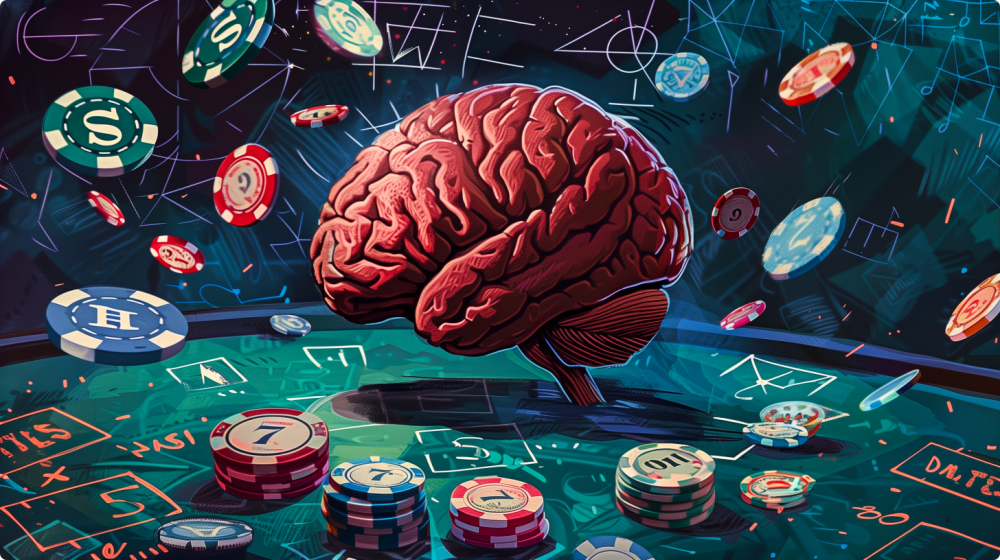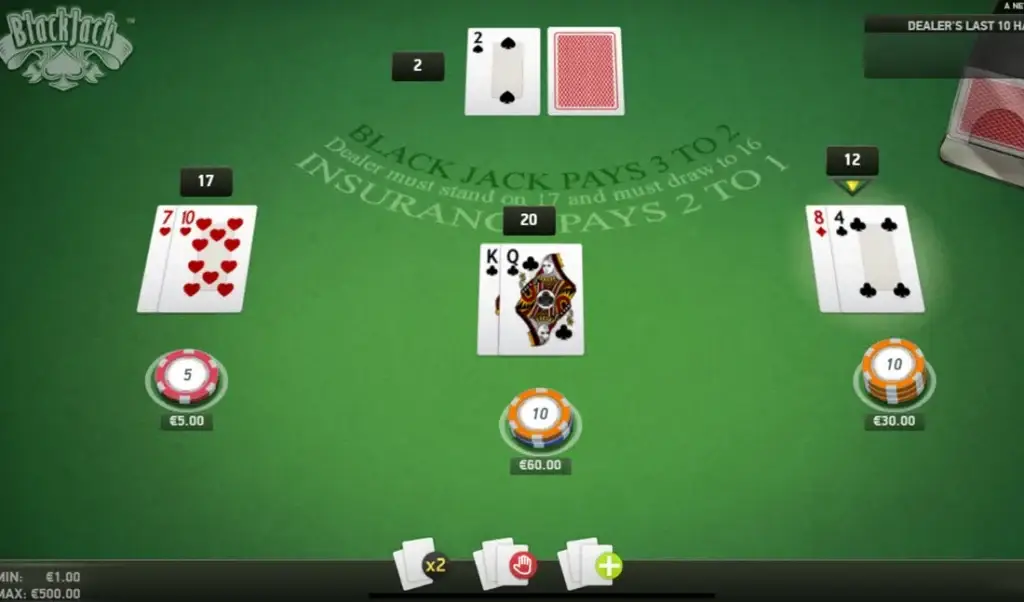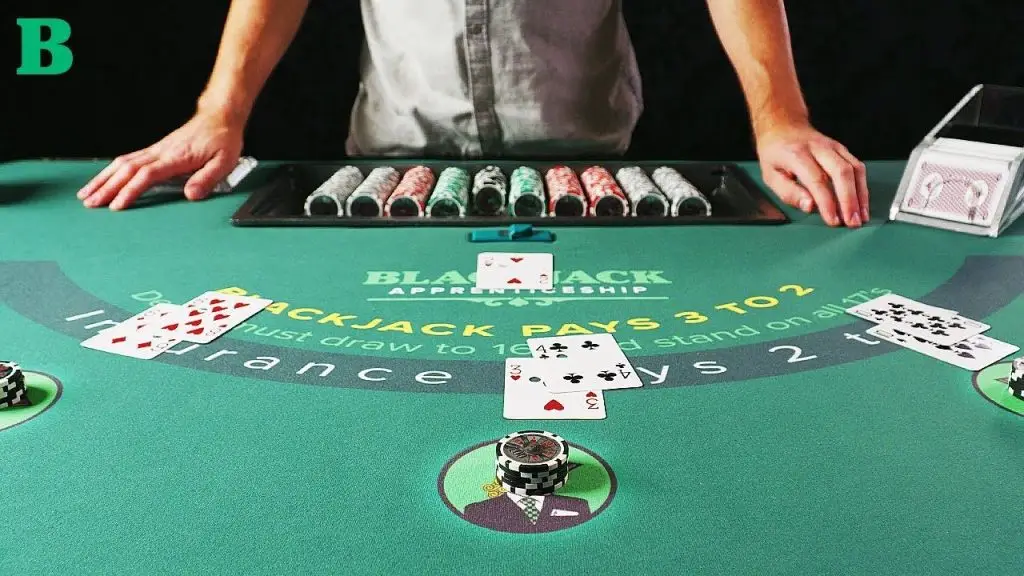Difficulties in interpreting online casino gaming algorithms lead to many misconceptions, especially among beginners. One of the most common misunderstandings is the question of what the difference is between RNG and RTP. Due to a lack of clear understanding, players misinterpret the principles of randomness and probability, which prevents them from forming realistic expectations about the gaming process.
What are RNG and RPT?
To understand how gambling works, it is necessary to understand what RNG and RPT are. A random number generator (RNG) is a software mechanism that creates unpredictable results. It controls each rotation of the drum or card distribution, creating a unique outcome regardless of past events.
In contrast, the return to player percentage is the average share of all bets that is returned to players in the form of winnings. This percentage is calculated over a long period of time and does not affect individual gaming sessions. The difference between RNG and RTP lies in the nature of their action: instant randomness versus mathematically calculated returns.
Why are RNG and RTP confused?
 One of the key factors causing confusion is the visual illusion of control. The player sees the reels spinning and monitors the frequency of wins, but they don’t realize that everything is predetermined deep within the algorithm, even before the animation begins.
One of the key factors causing confusion is the visual illusion of control. The player sees the reels spinning and monitors the frequency of wins, but they don’t realize that everything is predetermined deep within the algorithm, even before the animation begins.
The fact that bet returns and RNG are presented in the same game further complicates the perception. Users tend to view them as interdependent, but they are actually independent parameters. The misconception that winning moments can be predicted leads to the development of false strategies and erroneous expectations. This distorts the perception of the difference between RNG and RTP.
Myths that beginners often believe in
There is a persistent set of false beliefs about the difference between RNG and RTP. Here are the most common ones:
- The RNG adapts to the machine’s payout based on the number of players;
- A high payout percentage guarantees quick profits;
- Each machine “remembers” losing sessions and equalizes the chance later;
- Frequent bets increase the likelihood of a refund;
- Patterns can be calculated by observing spins;
- The software reacts to withdrawals;
- The payout rate depends on the time of day;
- Changing the slot increases the chances of winning;
- The casino adjusts the RNG to regulate the overall payout percentage;
- The slot’s software code is accessible to the operator and can be changed manually.
Such misconceptions are formed due to a lack of technical information and a lack of understanding of the game architecture. Meanwhile, the difference between RNG and RTP eliminates the possibility of direct interference in the outcome of a session.
Audit, license and regulation
Independent control mechanisms are used to minimize risks and increase trust. Certification is carried out by external laboratories that verify both the randomness and the percentage of payouts to players. Only after passing the tests is the game allowed on the platforms.
The main condition is the presence of a license issued by a regulatory authority. This document confirms that the operator complies with all regulations, from technical to legal. Moreover, providers are required to undergo regular audits to ensure the stability of the generator and the transparency of the mathematical model.
The difference between RNG and RTP as a contrast between randomness and statistics
It is the difference that defines the basis of all game logic. The generator produces each value independently of the previous ones, without relying on the history of wins or losses. In turn, the return to the player is formed as a result of analyzing a huge array of data, most often millions of simulations.
Thus, the RNG is a momentary event controlled by the program, while the return rate is a statistical coefficient. The only thing they have in common is that they are both embedded in software that is controlled exclusively by the provider, not the operator.
Transparency, honesty and security
Modern platforms emphasize transparency. Audit reports are published, as well as RNG parameters and average returns. This helps ensure compliance with standards and the absence of manipulation.
Honesty is a key indicator of trust. Any interference with the generator’s operation or alteration of the return rate leads to the revocation of the license. Additionally, such actions are detected during audits, making them highly risky and virtually impossible.
Slots and operating principles of the generator
Slot machines use built-in algorithms that process each spin individually. The results are calculated instantly based on internal logic and coefficient tables.
The difference between RNG and RTP is particularly evident here. While the RNG generates random numbers, the underlying payout structure determines the frequency and size of winnings. For example, rare large payouts are balanced by numerous smaller payouts to achieve the desired payout percentage.
Signs of provider and operator reliability
When choosing a gaming platform, it is important to consider the following:
- the availability of a valid license and a history of regulation;
- transparency of information about the return level and the generator used;
- the name of the provider and technical descriptions;
- regular reports on independent audits;
- protection against external interference in algorithms.
These parameters help determine whether the difference between RNG and RTP is implemented correctly and whether there are any security risks associated with the game.
Why doesn’t the operator affect the outcome?
Technically, the operator does not have access to the slot’s source code. All parameters, from the RNG to the payout percentage, are set by the provider and fixed during the certification process. Any changes require retesting and updating the software product.
Therefore, intervention is not possible without the consent of all regulatory parties. There is no direct control over randomness or refunds, ensuring fair and secure operation of gaming systems.
Algorithm, payoff, and probability
The outcome of each round is determined by two parameters: a random number and a coefficient table. The higher the potential winnings, the lower the probability of a particular spin returning funds. Everything follows a strict mathematical model, where each outcome is unique and independent.
Thus, the difference between RNG and RTP helps to separate the moment of play from long-term statistics. This prevents illusions of control and creates a realistic understanding of the game mechanism.
The Difference Between RNG and RTP: Conclusions
 In conclusion, it is important to emphasize that the difference between RNG and RTP is at the core of all modern gambling games. It separates instant randomness from a statistical model. Ignoring this difference leads to false strategies, financial losses, and a lack of trust.
In conclusion, it is important to emphasize that the difference between RNG and RTP is at the core of all modern gambling games. It separates instant randomness from a statistical model. Ignoring this difference leads to false strategies, financial losses, and a lack of trust.
Only by understanding the algorithm’s structure, regulatory principles, and the operation of the return rate can one assess the fairness and reliability of a platform!



 Following the rules for choosing an online casino allows you to identify fraudulent schemes in a timely manner. Several specific signs indicate an unsafe platform and protect you from losses.
Following the rules for choosing an online casino allows you to identify fraudulent schemes in a timely manner. Several specific signs indicate an unsafe platform and protect you from losses. The rules for choosing an online casino include checking the license, RNG, reviews, withdrawal limits, and payment systems. Following these requirements helps to avoid risks and find a reliable platform.
The rules for choosing an online casino include checking the license, RNG, reviews, withdrawal limits, and payment systems. Following these requirements helps to avoid risks and find a reliable platform.
 Legal gambling is strictly regulated. The UKGC, for example, rejects 28% of applications for technical reasons and 12% for legal reasons. The verification of owners’ data and funding sources prevents money laundering.
Legal gambling is strictly regulated. The UKGC, for example, rejects 28% of applications for technical reasons and 12% for legal reasons. The verification of owners’ data and funding sources prevents money laundering. Legal gambling is becoming the standard, not the exception. The benefits of licensed online casinos are not just a marketing ploy, but a guaranteed set of features that have been tested over time, audits, and by thousands of users. Choosing legalism is a decision backed by numbers, names, and security measures. The market is evolving, but trust in a license remains the universal guarantee of integrity.
Legal gambling is becoming the standard, not the exception. The benefits of licensed online casinos are not just a marketing ploy, but a guaranteed set of features that have been tested over time, audits, and by thousands of users. Choosing legalism is a decision backed by numbers, names, and security measures. The market is evolving, but trust in a license remains the universal guarantee of integrity.
 A split is a strategic move that allows you to turn one potentially weak hand into two strong hands. However, its effectiveness depends not only on the player’s cards but also on the dealer’s cards and the specific casino’s rules.
A split is a strategic move that allows you to turn one potentially weak hand into two strong hands. However, its effectiveness depends not only on the player’s cards but also on the dealer’s cards and the specific casino’s rules. Split in blackjack doesn’t just create a separate game mechanic; it introduces calculation into randomness. Each split transforms an unfavorable position into a potentially profitable one. The key is to assess the context, understand the strength of the combination, and make decisions that minimize losses and maximize gains.
Split in blackjack doesn’t just create a separate game mechanic; it introduces calculation into randomness. Each split transforms an unfavorable position into a potentially profitable one. The key is to assess the context, understand the strength of the combination, and make decisions that minimize losses and maximize gains.
 The Australian media mogul became part of the top of major casino winnings without making a show of his victory. In 1995, Packer arrived at the MGM Grand with a private delegation and left with $26 million. He played blackjack, setting up 8 tables for individual service.
The Australian media mogul became part of the top of major casino winnings without making a show of his victory. In 1995, Packer arrived at the MGM Grand with a private delegation and left with $26 million. He played blackjack, setting up 8 tables for individual service. A big win is not just numbers on a screen, but real people, real money, and real consequences. The top casino winnings prove that every success is not a coincidence, but a multi-layered phenomenon with economic, psychological, and social implications.
A big win is not just numbers on a screen, but real people, real money, and real consequences. The top casino winnings prove that every success is not a coincidence, but a multi-layered phenomenon with economic, psychological, and social implications.
 American and European blackjack have different rules, which affect the tactics and strategies of the game.
American and European blackjack have different rules, which affect the tactics and strategies of the game. When choosing between the two versions, it is important to consider your individual playing style. If you prioritize strategy and risk minimization, the European version may be more suitable. However, if you value dynamics and the ability to maximize your winnings in a short period, the American version may be more appealing. The difference between American and European blackjack lies in the balance between classic and modern excitement. Knowledge of the rules and a well-thought-out strategy are the key to successful gameplay.
When choosing between the two versions, it is important to consider your individual playing style. If you prioritize strategy and risk minimization, the European version may be more suitable. However, if you value dynamics and the ability to maximize your winnings in a short period, the American version may be more appealing. The difference between American and European blackjack lies in the balance between classic and modern excitement. Knowledge of the rules and a well-thought-out strategy are the key to successful gameplay.
 Each card creates a specific scenario. For example, a combination of an ace and a ten is an instant victory. However, two aces are no longer blackjack. This feature forces you to rethink your move, calculating how many points the cards in blackjack give you based on the current situation and the dealer’s possible reaction.
Each card creates a specific scenario. For example, a combination of an ace and a ten is an instant victory. However, two aces are no longer blackjack. This feature forces you to rethink your move, calculating how many points the cards in blackjack give you based on the current situation and the dealer’s possible reaction. The rules and meaning of cards in blackjack create a unique gaming environment where a combination of numbers and decisions determines the outcome. Making the right choice at the right time is crucial for winning. The use of splits, doubles, insurance, or stops should always be based on the dealer’s open hands and your own account. The outcome depends not on the deck but on your ability to understand the card as a formula.
The rules and meaning of cards in blackjack create a unique gaming environment where a combination of numbers and decisions determines the outcome. Making the right choice at the right time is crucial for winning. The use of splits, doubles, insurance, or stops should always be based on the dealer’s open hands and your own account. The outcome depends not on the deck but on your ability to understand the card as a formula.
 A beginner can easily fail a game by overestimating their hand. The correct calculation is not based on intuition, but on a system. The strategy depends on the dealer’s open card. For example:
A beginner can easily fail a game by overestimating their hand. The correct calculation is not based on intuition, but on a system. The strategy depends on the dealer’s open card. For example: Understanding the basic rules of online blackjack allows you to reduce the house edge to almost zero. Those who use strategy rather than hope are more likely to win. The key is discipline, precise calculation, and adherence to the mathematical conditions of the game. This is the real advantage in online casinos. A clear structure of actions, knowledge of the nuances, and avoidance of intuitive moves lead to consistent results.
Understanding the basic rules of online blackjack allows you to reduce the house edge to almost zero. Those who use strategy rather than hope are more likely to win. The key is discipline, precise calculation, and adherence to the mathematical conditions of the game. This is the real advantage in online casinos. A clear structure of actions, knowledge of the nuances, and avoidance of intuitive moves lead to consistent results.
 Each species has its own mathematics and behavioral patterns. Below is a categorized list:
Each species has its own mathematics and behavioral patterns. Below is a categorized list: Additional bets in blackjack enhance the strategy by complementing the basic approach. With precise calculations, consideration of payouts, and the dealer’s behavior, they expand the tactical range. This tool is effective in online casinos, where real-time session analysis is available. The “pair” offers stability, while the “triple” provides a high but rare win.
Additional bets in blackjack enhance the strategy by complementing the basic approach. With precise calculations, consideration of payouts, and the dealer’s behavior, they expand the tactical range. This tool is effective in online casinos, where real-time session analysis is available. The “pair” offers stability, while the “triple” provides a high but rare win.
 Understanding the rules of each specific game is the first step in reducing the house edge in blackjack. Some conditions increase the odds, while others minimize them.
Understanding the rules of each specific game is the first step in reducing the house edge in blackjack. Some conditions increase the odds, while others minimize them. Blackjack is not a game of luck, but of cold calculation. Knowledge of algorithms, strategy, card counting, and analysis of conditions are the tools that give you a real opportunity to counter the house. It is not intuition or blind luck, but the consistent application of well-thought-out actions that turns the game into a statistical confrontation where your chances become controllable. Therefore, reducing the house edge is about using precise techniques rather than relying on mere luck.
Blackjack is not a game of luck, but of cold calculation. Knowledge of algorithms, strategy, card counting, and analysis of conditions are the tools that give you a real opportunity to counter the house. It is not intuition or blind luck, but the consistent application of well-thought-out actions that turns the game into a statistical confrontation where your chances become controllable. Therefore, reducing the house edge is about using precise techniques rather than relying on mere luck.
 Many users do not know how to check documents. Meanwhile, illegal operators publish fake seals that are misleading. To avoid mistakes, it is recommended to use official registries of regulators, such as the websites of the Malta Gaming Authority, Curacao eGaming, and the UK Gambling Commission.
Many users do not know how to check documents. Meanwhile, illegal operators publish fake seals that are misleading. To avoid mistakes, it is recommended to use official registries of regulators, such as the websites of the Malta Gaming Authority, Curacao eGaming, and the UK Gambling Commission. The online gambling market demonstrates that an online casino license is not a formal option, but a strategically important factor. Regulation, transparency, and legal responsibility are considered synonymous with trust.
The online gambling market demonstrates that an online casino license is not a formal option, but a strategically important factor. Regulation, transparency, and legal responsibility are considered synonymous with trust.






